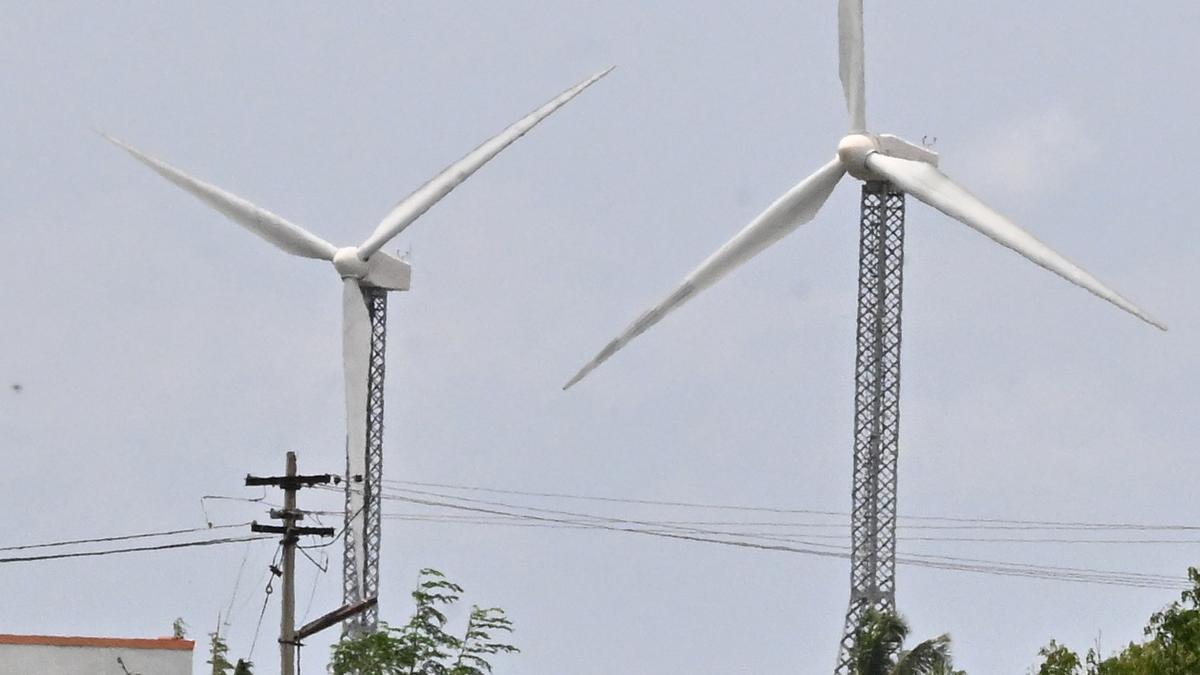Now Reading: Clean Energy Powers Less Than 30% of India’s Electricity Despite 50% Installed Capacity
-
01
Clean Energy Powers Less Than 30% of India’s Electricity Despite 50% Installed Capacity
Clean Energy Powers Less Than 30% of India’s Electricity Despite 50% Installed Capacity

Quick Summary
- India has achieved 50% of its total installed electric power capacity (484 GW) from non-fossil fuel sources, meeting its paris Agreement target five years ahead of schedule.
- As on June 30, 2025, clean energy sources (solar, wind, biomass, hydropower and nuclear) constituted half of the installed capacity; however, only below 30% of electricity actually supplied is from these sources.
- Clean energy production rose significantly from 190 billion units (2014-15) to 460 billion units (2024-25), but utilization remains limited due to lower capacity utilization factor (CUF). Solar CUF stands at ~20%,wind at ~25-30%,compared to coal at ~60% and nuclear around ~80%.
- Coal continues to provide base load demand for power (~75% of India’s mix), with solar usage rising mainly during daylight hours in summer but falling short during evening peak hours.
- Suggestions for improvement include flexible grids, advanced battery storage solutions and differential tariffs for day/night electricity usage. Hybrid projects combining solar, wind and storage have potential but face challenges like land aggregation issues and high costs.
80/iStock-895028314.jpg”>Clean Energy Progress
Indian Opinion Analysis
India’s milestone achievement in reaching half its installed electricity capacity through non-fossil fuels showcases meaningful progress toward sustainability and climate goals outlined under the Paris Agreement. While it represents an encouraging policy success on paper-especially given India’s rapid scale-up relative to initial commitments-the data on actual energy utilization highlights structural inefficiencies. Factors such as lower CUFs for renewable technologies underline technical limitations requiring urgent innovation in grid adaptability and storage systems.
The reliance on coal underscores ongoing dependency for consistent base load supply amidst growing demand peaks-especially evening hours-which renewables alone currently struggle to meet without breakthroughs in hybrid systems or cost-effective battery storage deployment. Policymakers should focus on supporting transmission coordination frameworks while addressing affordability barriers posed by high infrastructure development costs.
This achievement sets a foundation for transformative opportunities-but the path forward must integrate technological advancements alongside policy experimentation such as tiered pricing schemes for peak-hour consumption if cleaner energy is truly poised to dominate India’s future mix economically.























